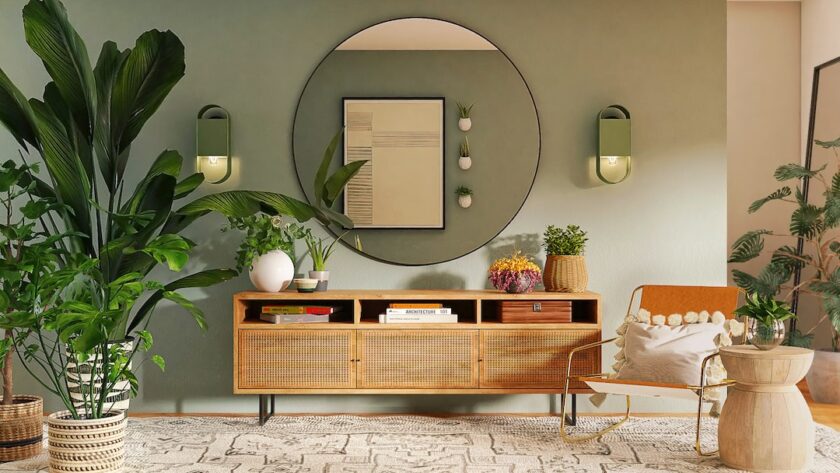It’s no secret that handwoven rugs are beautiful and add character to any room. They’re also durable and can stand up to high-traffic areas.
Whether you like contemporary designs or timeless earthen tones, this collection has something for everyone! Learn how to choose the perfect handmade rug for your home decor!
Colors
Colors and patterns have a big impact on how your handwoven rug looks. You’ll find many options, from geometric prints that fit into modern or boho styles to natural hues and earthen tones that feel cozy and rustic.
The fibers in a handwoven rug are often dyed using traditional techniques, creating a naturally soft and organic look that can’t be replicated with synthetic dyes. The dyes used in these rugs also reflect the landscape and culture where they’re made, making them unique works of art that tell a story.
Hand-knotted rugs, including gabbeh rugs, are a classic option for high-end styles that will last generations. This weaving method requires incredible skill and takes months to complete one rug, making them a premium addition to any home.
Patterns
Handwoven rugs feature various patterns that can add character to your home. However, it’s important to be choosy when mixing patterns. Using too many different patterns can create a chaotic look.
A rug’s pattern should complement your other furnishings, not clash with them. For example, geometric patterns can fit various design styles, from contemporary to boho.
The type of weaving technique used can affect the rug’s texture, pattern intricacy and price. For instance, a rug constructed through punch needle weaving has loops of yarn sheared (similar to tufting) and is often less sturdy and long-living than one woven on a pit or punja loom.
A woven rug can accentuate an architectural element, such as a fireplace or bay window, in open-concept homes. It can also help buyers envision the function of a space by delineating areas for dining, lounging and entertaining. The right rug can also accentuate the natural beauty of a staircase.
Texture
Many handmade rugs feature natural dyes, giving them a more organic and earthy feel than machine-made options. They also tend to be textured more than machine-woven rugs, with a unique finish distinguishing them from mass-produced alternatives.
Because of these distinctive characteristics, handwoven rugs often look more luxurious than their machine-made counterparts. In addition, they tell a story about the culture and history of the weaver, making them one-of-a-kind works of art that elevate spaces.
As a result, they can add value to homes and attract buyers who appreciate these cultural touches. Home stagers and designers can use these rugs to emphasize architectural features and define distinct spaces for dining, lounging, and entertaining in open-concept homes. For example, this kilim with a bold, geometric pattern can easily blend eclectic and contemporary styles in a living room space. Its plush texture creates an inviting atmosphere for socializing and entertaining, while the colors are vibrant enough to energize a space.
Size
Unlike machine-woven rugs, hand-knotted rugs require more time to weave. They are constructed by embedding intricate knots into a rug’s foundation, giving them a unique character and quality feel.
Using handmade rugs in home staging and showroom design allows clients and buyers to appreciate the artisanship that goes into these stunning textiles. These rugs elevate the look and feel of a room, leaving a lasting impression on those who visit your staged homes or showroom.
Handwoven rugs are typically made with natural materials like wool and silk. In addition, they use traditional weaving techniques, such as flat-weave construction. Flat-woven rugs are reversible, and the back and front often look alike. They are woven by hand or machine by weaving vertical yarns (warps) through horizontal yarns, which are called weft. This technique makes the rugs long-lasting, durable, and often very valuable. Handwoven rugs also have a variety of shapes and sizes to fit any space in your client’s or buyer’s home.




